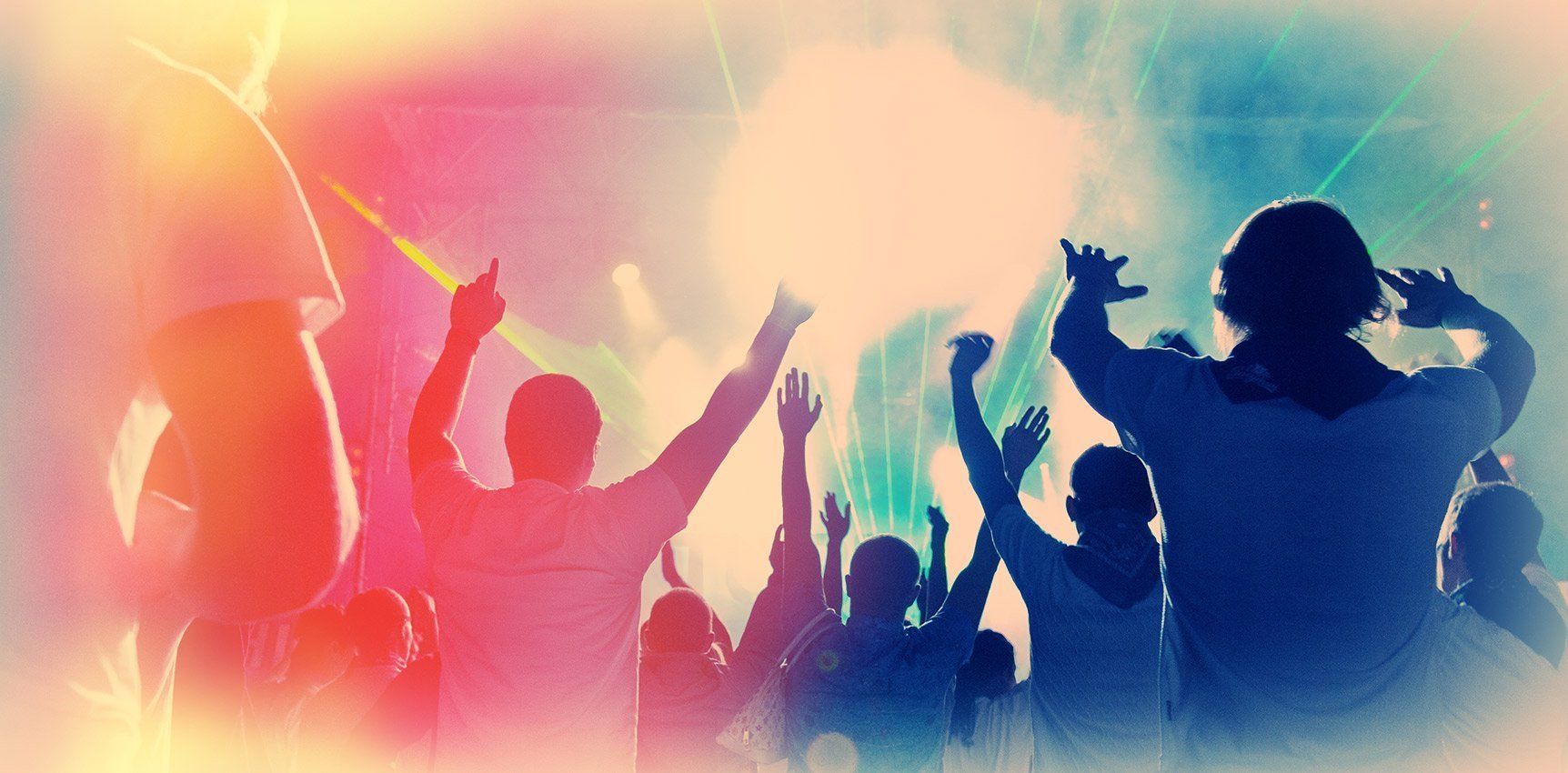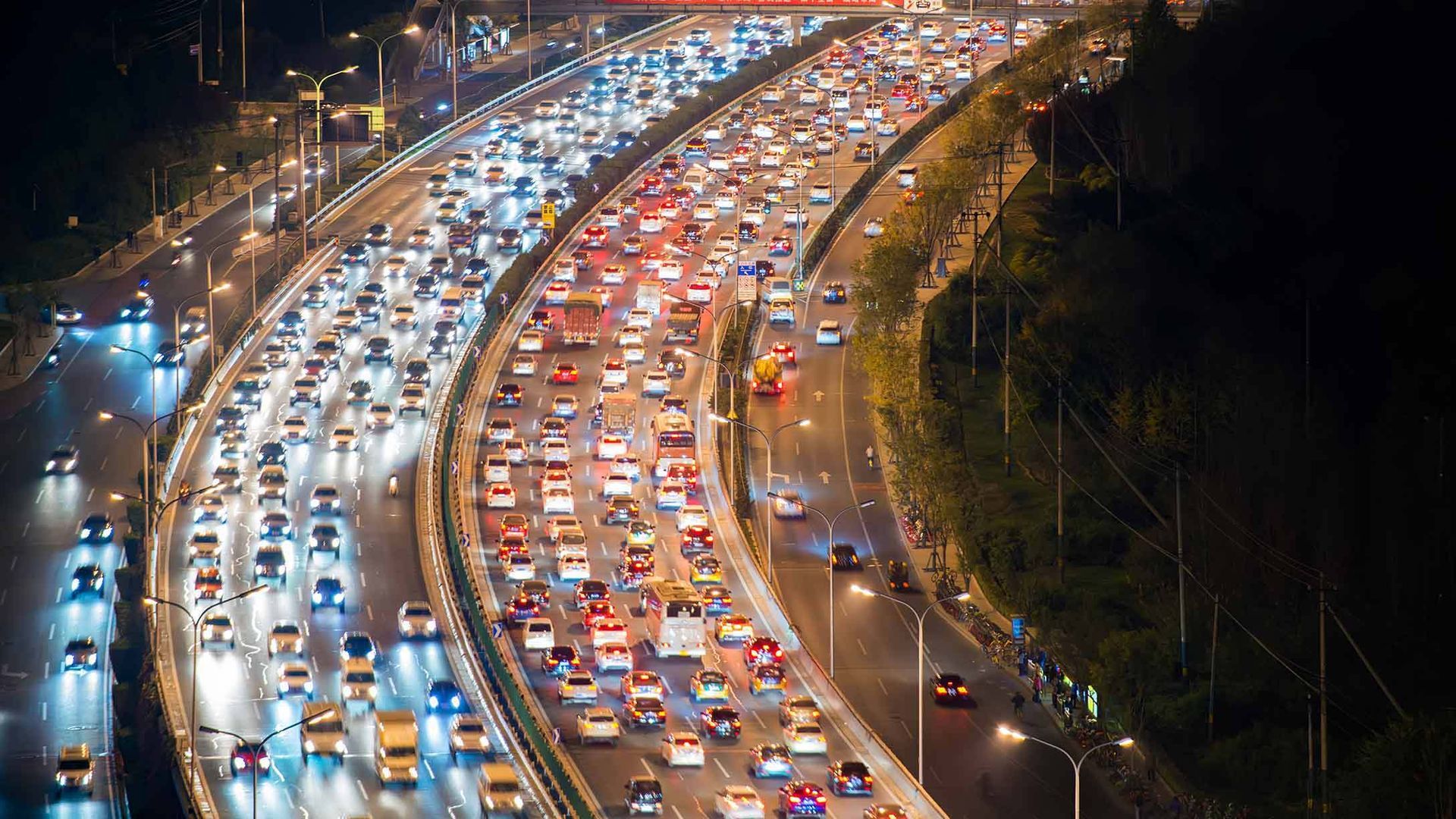Justifying sustainable travel for events: a health-based approach beyond carbon footprints
The events industry has long been grappling with sustainability challenges, particularly in relation to travel. The environmental impact of mass gatherings, whether for sports, conferences, or cultural festivals, has led to growing scrutiny of the carbon footprint associated with attendee travel. Organisations have increasingly adopted measures to assess and mitigate their emissions.
However, sustainability discussions tend to focus narrowly on reducing emissions while overlooking another crucial aspect of travel: health. Could events go beyond carbon footprint tracking and introduce a parallel metric to determine the activity levels of individuals on their journeys to and from events? Instead of merely measuring emissions saved, what if events also mapped health-related benefits, such as calories burned, distance walked or cycled, and overall mental and physical well-being? This blog explores how the industry can justify sustainable travel by broadening the conversation to include health and well-being benefits alongside environmental, commercial, fan experience and other considerations.
Photo source: iStock

The current landscape of sustainable travel in events
Event organisers are increasingly using carbon footprint calculations to assess environmental impact, implementing strategies like public transport incentives, emissions offsetting, and shared mobility. Sustainability has also become a commercial priority, with venues and events facing pressure from stakeholders and consumers to demonstrate environmental commitment. Beyond emissions, travel plays a key role in attendee experience – events that integrate sustainable options seamlessly can enhance satisfaction, build goodwill, and strengthen audience loyalty.
Beyond carbon: could physical activity of event goers on their journeys to/from venues be measured and managed like carbon footprints?
While carbon footprint tracking has become a standard sustainability measure for events, there is an emerging opportunity to assess the health benefits of active travel among attendees. Health Impact Assessments (HIAs) provide a structured approach to evaluating the potential health effects of policies and initiatives, including transport strategies linked to events (Mindell et al., 2006). Applying HIA methodologies to event travel could highlight the broader benefits of sustainable transport choices and inform policy decisions that prioritise active travel.
Imagine an event that not only encourages walking or cycling (for whole or parts of journeys) but also tracks and rewards participants based on their efforts. By leveraging HIAs, event organisers could quantify the potential health benefits of active travel and integrate them into sustainability reporting. The metrics could include:
- Distances walked or cycled: Providing insights into the cumulative impact of active travel choices, helping to assess broader health outcomes such as reductions in sedentary behaviour (Giles-Corti et al., 2010).
- Calories burned: A meaningful and relatable statistic that could engage attendees on a personal level, demonstrating the direct physical health benefits of their travel choices (WHO, 2018).
- Health impact: Tracking improvements in cardiovascular fitness and general well-being using established HIA frameworks, potentially linking active travel to reduced risks of conditions such as obesity, heart disease, and diabetes (Kahlmeier et al., 2014).
- Integration with digital tools: Event apps could include active travel tracking features, allowing attendees to log their journeys, set goals, and compare progress, thus enhancing engagement and reinforcing positive behaviour change.
By implementing such tracking, events could create a new layer of engagement for attendees, encouraging them to adopt healthier travel habits. Instead of merely considering travel as a logistical necessity, it could become an interactive and rewarding component of the event experience. Further, by incorporating HIAs into event sustainability frameworks, organisers could provide robust evidence on the health benefits of active travel, helping to justify investments in infrastructure that supports walking and cycling beyond the event itself. Additionally, fan activations could include medical staff stationed at venues offering attendees health checks and, where necessary, prescribing them a tailored amount of daily walking (e.g., a certain number of kilometres per day) to support their health goals, reinforcing the importance of active travel as a public health intervention.
Photo source: British Heart Foundation

Why elevate the health discussion?
Despite the increasing focus on sustainability, the link between active travel and health is often overlooked. Most discussions around sustainable travel prioritise emissions reduction rather than considering the broader benefits of increased physical activity. Elevating the health discussion within sustainable travel initiatives could have several advantages:
- Public health impact: Encouraging active travel could contribute to overall societal health improvements, reducing sedentary behaviour and promoting fitness. Studies indicate that physical inactivity is responsible for approximately 5 million deaths globally each year, and regular walking or cycling can reduce the risk of heart disease, stroke, and diabetes by up to 50%.
- Alignment with wellness trends: Many industries, including corporate and sporting events, are already embracing health and wellness trends. Research suggests that a significant portion of event attendees prioritise experiences that promote well-being. Integrating active travel into this narrative could strengthen its appeal.
- Corporate responsibility: Events and organisations that promote sustainable and healthy travel choices can position themselves as leaders in corporate social responsibility (CSR) initiatives. Studies show that companies with strong CSR commitments see increases in consumer trust, highlighting the potential benefits of aligning sustainability with health-focused travel policies.
- Access to funding and sponsorship opportunities: Framing active travel as a health initiative could unlock additional funding sources, including grants, public health budgets, and corporate wellness programmes. Many organisations and policymakers are actively investing in health-focused projects, meaning initiatives with a strong well-being component may be better positioned for financial support. Moreover, sponsors in sectors such as healthcare, fitness, and nutrition may find a health-centred approach more commercially attractive, opening new revenue streams for events and organisations.
Photo source: Gov.uk

Commercial and organisational incentives
While the health benefits of active travel are clear, there are also commercial and organisational incentives for incorporating these metrics into event planning. Some key opportunities include:
- Data monetisation: Events could leverage health and travel data to create partnerships with brands in the fitness, health, and insurance sectors.
- Sponsorship potential: Active travel initiatives could attract sponsorship from brands associated with health, sports, and well-being.
- Government and policy support: Cities and governments keen on promoting active lifestyles might offer support, grants or incentives for events that encourage walking and cycling.
- Enhanced attendee engagement: Adding gamification elements, such as rewards for the most active attendees, could drive higher engagement and social media interaction.
Photo source: AdWeek

Implementation: how events can track and promote active travel metrics
For this concept to be successfully implemented, events need practical tools to track and encourage active travel. Some potential strategies include:
- Leveraging event apps and journey planners: Mobile applications and journey planners could integrate tracking features that allow attendees to log distances, monitor progress, and earn rewards.
- Incentivising participation: Offering perks such as discounts, VIP access, or merchandise for those who walk or cycle to an event.
- Gamification and challenges: Encouraging attendees to compete in step or cycling challenges, with leaderboards and prizes.
- Partnerships with transport and health organisations: Collaborating with local councils, cycling groups, or public health initiatives to support and promote active travel.
- Event infrastructure improvements: Ensuring there are sufficient facilities such as bike racks, walking-friendly routes, and pedestrian zones to support active travel choices.
Conclusion
The conversation around sustainable travel in events has traditionally revolved around reducing carbon footprints. However, there is an opportunity to expand this discussion by considering the benefits of active travel beyond environmental impact. By tracking metrics such as calories burned, kilometres travelled, and overall health impact, events can introduce a new dimension of engagement that aligns with both sustainability and well-being goals.
Encouraging active travel is not just a personal benefit for attendees; it can be integrated into broader commercial and organisational strategies. From sponsorship opportunities to government backing and enhanced fan experience, there are compelling reasons for events to take the lead in redefining what sustainable travel means.
The challenge now is for organisations to pioneer this new standard and integrate health-based travel tracking into the events industry. By doing so, they could not only help reduce emissions but also contribute to a healthier, more engaged, and more responsible attendee experience. If you would like to discuss introducing sustainable travel initiatives, including active travel, into your event, then please send us an email at hello@intheround.global.
















